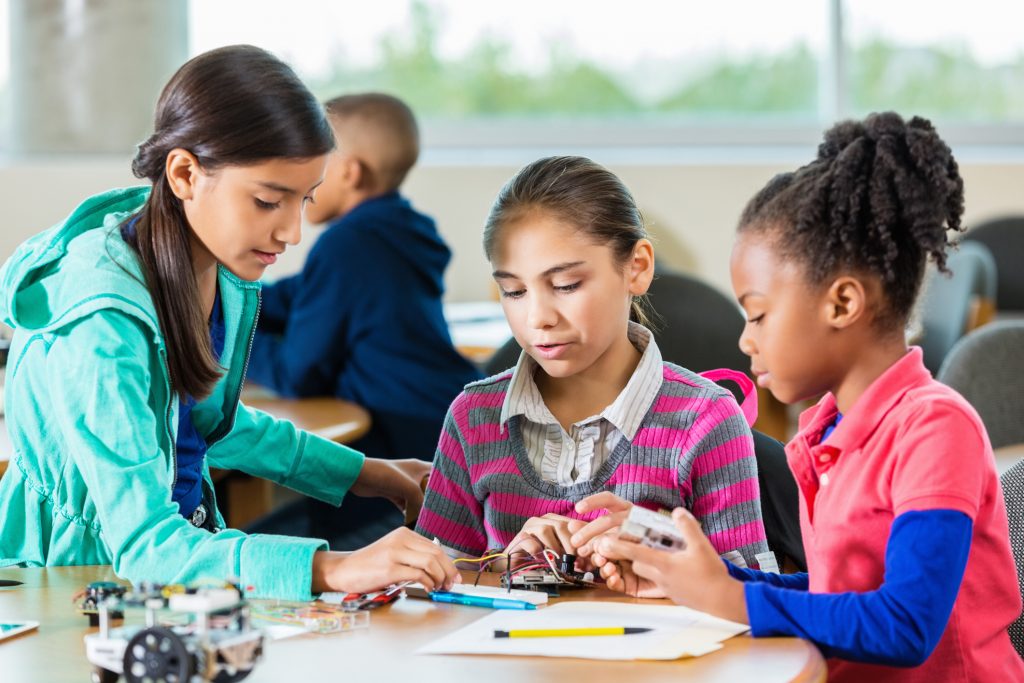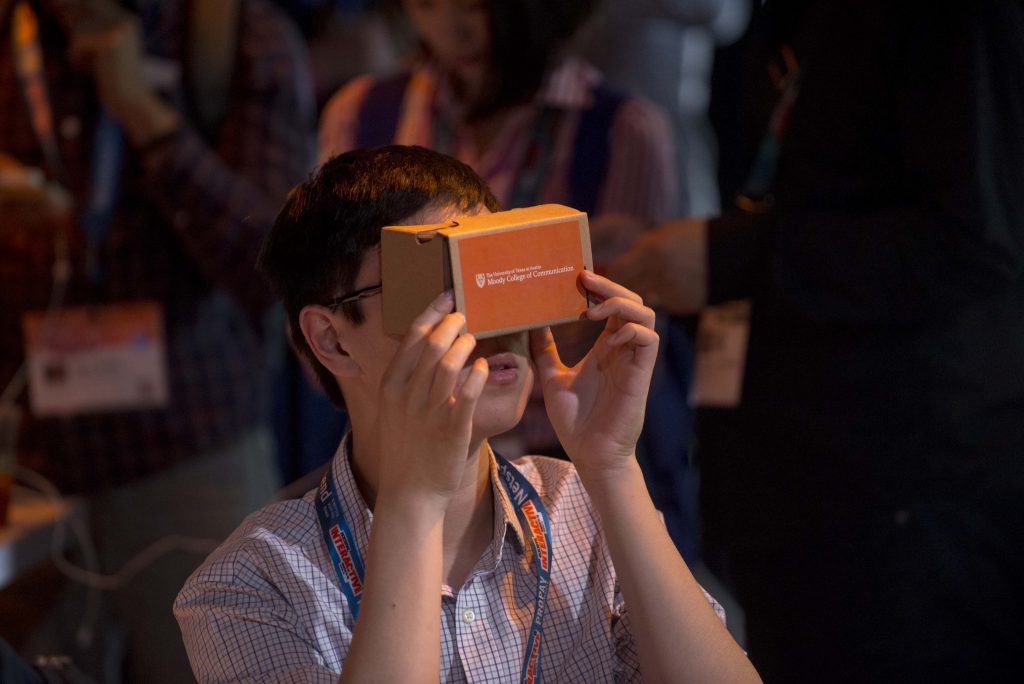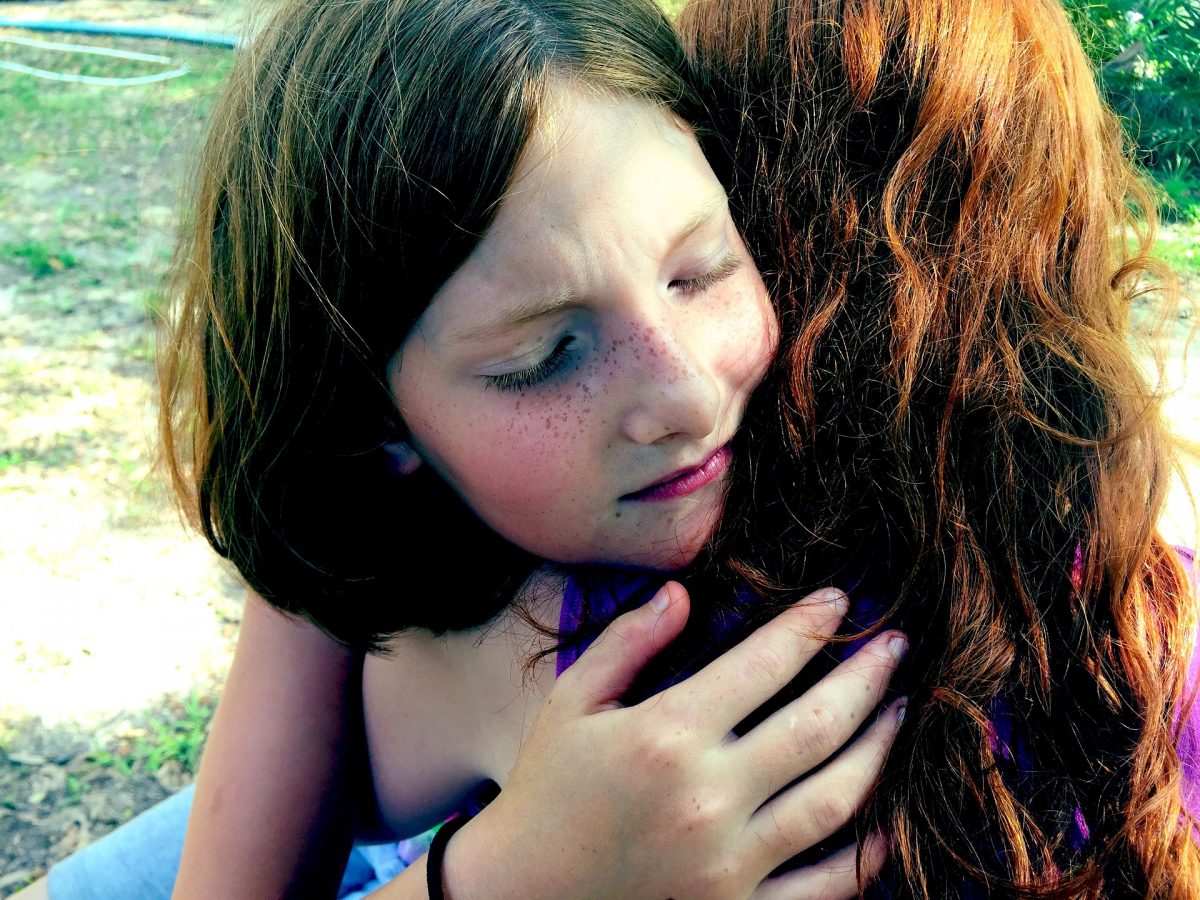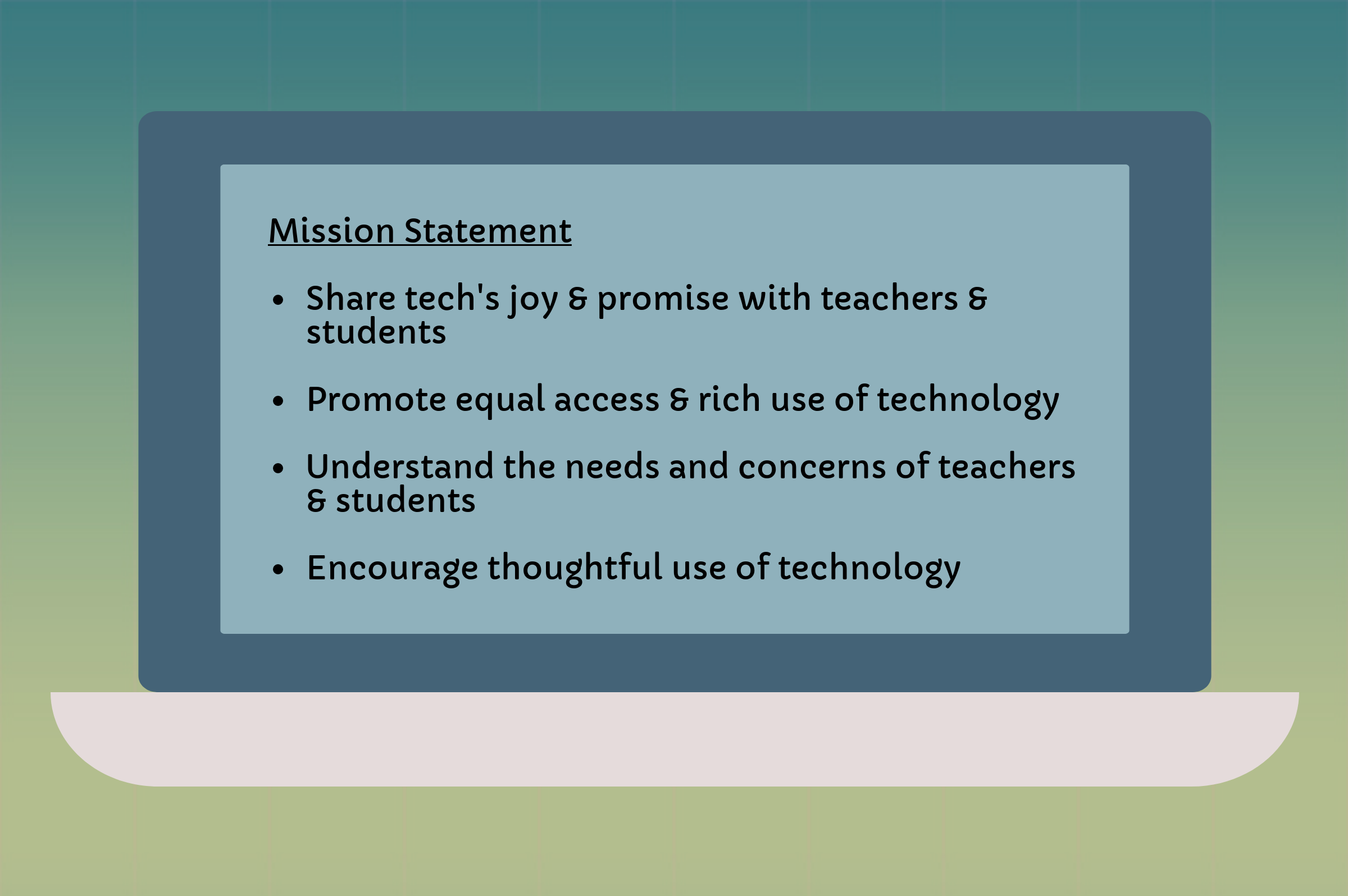Two memories stand out from my early elementary years: checking out my first public library book, which was about a day in the life of children in Japan who were “getting up as I was going to bed,” and writing a report on Australia and learning the song Waltzing Matilda. By today’s standards, these are hardly examples of “global collaborative learning,” but they remind me how exploring different cultures during childhood can leave a lasting impression and shape our identities as global citizens.
Digital Storytelling
From the time we could speak and draw images on cave walls, humans have used stories to make sense of ourselves and and our place in the world. As new technologies have arisen, we have applied them to storytelling: pigment, pen and paper, printing press, photography, film, video, digital text and images and now, augmented and virtual reality.
Makey Makey & Scratch: Getting a 4th Grader’s Attention
For the Community Engagement project in this quarter’s Teaching, Learning and Assessment 1 class, I chose to create a lesson that tied a hands-on technology lesson to 4th grade students’ learning about electrical circuits.
Continue reading “Makey Makey & Scratch: Getting a 4th Grader’s Attention”Storytellers: the Original Computational Thinkers
Over the past few weeks, we have been focusing on computational thinking in our “Learning,Teaching and Assessment 1” class in SPU’s Digital Education Leadership program. ISTE’s Student Standard 5c describes one of the key aspects of being a computational thinker: “Students break problems into component parts, extract key information, and develop descriptive models to understand complex systems or facilitate problem-solving” (ISTE Standards for Students, 2016).
Empathy: the Essential Ingredient in Design Thinking
Design Based Learning (DBL) projects grounded in Design Thinking principles have journeyed from graduate design programs all the way to elementary classrooms. Design Thinking appeals to students of all ages because it empowers them to solve problems that are meaningful and that have the potential to change the world in a positive way. Students build cross-disciplinary knowledge and planning skills, learn to work collaboratively, and perhaps most important of all, practice and strengthen their ability to empathize with others.
Continue reading “Empathy: the Essential Ingredient in Design Thinking”Does Digital Mind Mapping Have a Place in K-5 Classrooms?
Organizing information using a combination of visuals and text can be a powerful way to both present new topics and construct knowledge. As part of my inquiry for Teaching, Learning and Assessment 1 in SPU’s DEL program, I wanted to explore what place digital mind mapping tools could play in an elementary school setting. I was introduced to mind mapping software in the 6100 DEL program orientation class and found it immensely helpful in organizing my thoughts and making connections between key concepts. I wondered if it would be equally effective for K-5 teachers and students.
Continue reading “Does Digital Mind Mapping Have a Place in K-5 Classrooms?”Making in Elementary: Finding the Balance

As part of the Teaching, Learning, and Assessment 1 class in the
SPU Digital Education Leadership program, I wanted to investigate best practices for designing meaningful elementary makerspace projects that balance student engagement, empowerment, and self-efficacy while avoiding the frustration that can be caused by open-ended projects and challenging technology.
Continue reading “Making in Elementary: Finding the Balance”
Digital Education Leadership Mission Statement
My mission as a digital education leader is to:
♦ Share the joy and promise I find in using technology with educators and students.
♦ Promote equal access to digital tools and rich use of technology to help build lifelong skills of independent learning, critical thinking, creative problem solving and collaboration.
♦ Deeply understand the needs and concerns of teachers and students so that their digital tools will work for them and not against them.
♦ Encourage thoughtful use of technology in a way that reflects the tenants of good citizenship.
Being adept with digital technology is more than knowing how to use hardware and software. It also includes wisely navigating the online world and using technology to enhance human abilities and interests. To address this, the International Society for Technical Education (ISTE) has developed a set of standards for educational leaders, teachers, students, and technology coaches. Digital Citizenship is a key component of each of these standards and for technology coaches includes:
Standard 5.a. The promotion of equitable access to technology and the modeling of educational technology best practices
Standard 5.b. Safe, healthy, ethical and legal use of digital tools and information
Standard 5.c. The application of technical tools for furthering cultural understanding and global communication
(ISTE Standards for Coaches, 2011).
Continue reading “Digital Education Leadership Mission Statement”
Digital Readiness Project
My Digital Readiness project was based on a meeting with Jonathan Briggs, Chief Technology and Innovation Officer at Eastside Preparatory School on November 13, 2018. My interview questions originated from the ISTE Standards for Coaches #5, Digital Citizenship, which includes support for:
- Equitable access and best practices for technology use
- Safe, healthy, legal, and ethical use of technology
- The use of technology to promote global awareness, cultural understanding, and diversity
I obtained additional information through the school’s website.
Welcome!
I am excited and honored to be joining my cohort in the Seattle Pacific University Digital Education Leadership MEd program. This bPortfolio will document my learning process, as well as be a place to interact with others who are passionate about the use of education technology that is accessible, engaging, and useful to a wide range of teachers and students.



